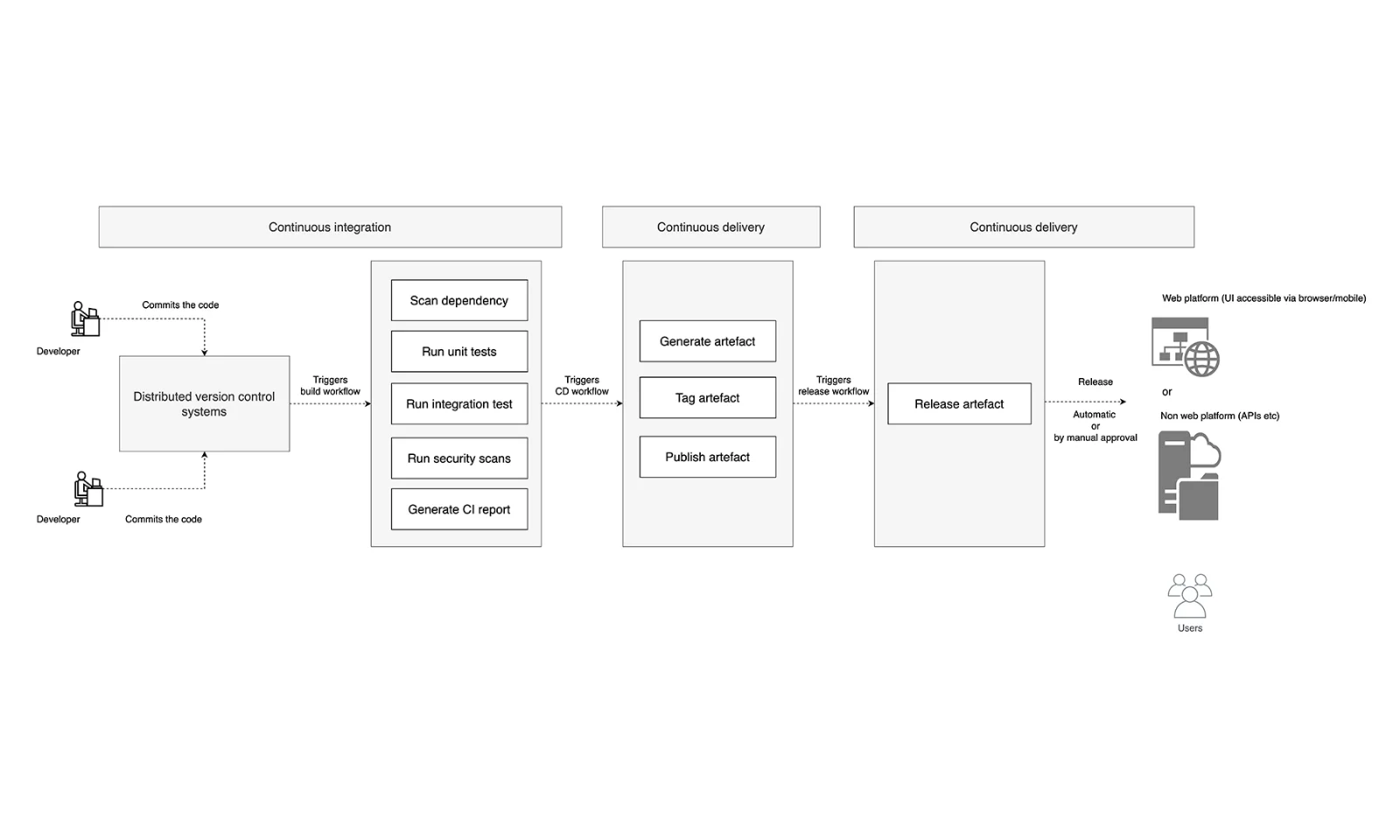10 Jan 2024
Modernising build and release process: The arrival of CI/CD
In the world of software development, change is the only constant.
blogAbstractMinutes
blogAbstractTimeReading

Capital Markets
Technology Trends
DLT and Blockchain
NextGen Finance
contact
share
In the world of software development, change is the only constant. Over the years, the way we build, test and deploy software has undergone a radical transformation.
Traditional methods of software development and release are giving way to more efficient and agile approaches. One such transformative trend is the rise of continuous integration and continuous deployment (CI/CD). In this article, we will explore the evolution of software development practices, the principles behind CI/CD, and the significant impact it has on modern software engineering.

A high level view of CI/CD process in a nutshell

